British Museum curator fired in mystery of missing museum gold
The person sacked over the treasures controversy is veteran curator Peter John Higgs, a staff member for 30 years whose family say has done nothing wrong.
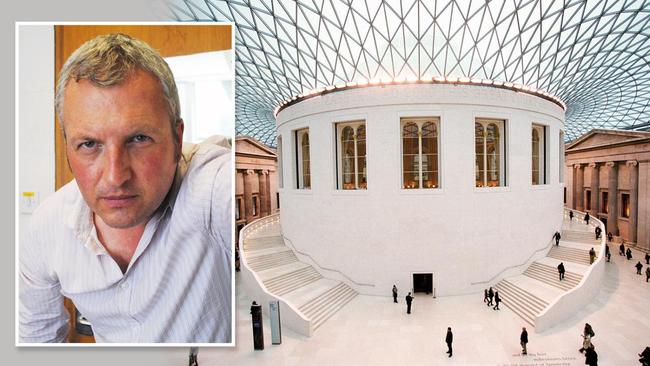
The British Museum worker sacked after the disappearance of gold jewellery and semi-precious stones is a senior curator who had worked there for 30 years.
Peter John Higgs, 56, the museum’s curator of Greek collections, Greek sculpture and the Hellenistic period, was dismissed after items thought to be worth tens of millions of pounds were found to be missing.
The artefacts include gold, semi-precious stones and glass jewellery and date from between the 15th century BC and the 19th century AD. Many were small items which were being kept out of public view for research, raising questions about security and cataloguing procedures.
The British Museum revealed on Tuesday that it had dismissed a member of staff after items were found to be “missing, stolen or damaged” but did not reveal Higgs’s identity. It has been alleged that the items were taken over a number of years.
Higgs joined the museum in 1993 after graduating with a doctorate in archaeology and had spent his entire career working at the museum.
He was a senior member of staff who had recently filled in as acting keeper of Greek collections, selecting all but two of the 178 objects which made up the Ancient Greeks: Athletes, Warriors and Heroes exhibition, which is on tour.
On Thursday, Higgs’s son said his father maintained his innocence and his dismissal early last month had come as a huge shock to the family. “He’s not done anything,” Greg Higgs, 21, said. “He’s not happy about it at all. He’s lost his job and his reputation and I don’t think it was fair. It couldn’t have been [him]. I don’t think there is even anything missing as far as I’m aware.
“He worked there for, what, 35 years without any incidents. They relied on him for so much stuff. And then, yeah, I don’t know what changed. He’s devastated about it, because it’s his life’s work, basically. I’ve never known somebody who’s so passionate about what he did. I mean, he’s a world expert in his field.”
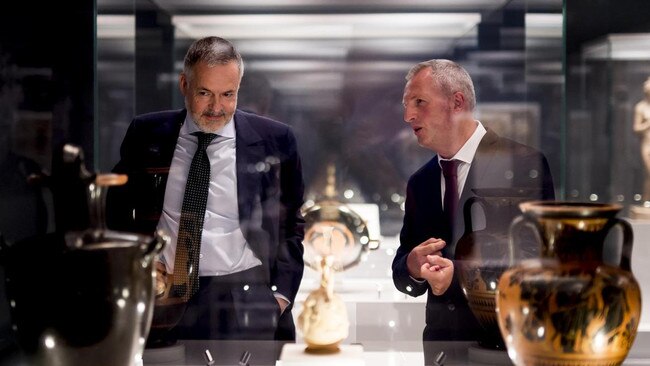
Speaking outside the family home in Hastings, Greg Higgs said his father had loved his job and had been travelling for his work. He added: “Just recently he was doing exhibitions for them in other countries, like he went to New Zealand to represent the museum and stuff like that … You would never have thought anything was wrong, because it was just work as normal. And then one day everything changed.”
The museum said it would take legal action against whoever was responsible but has refused to confirm the number of missing items or their value, although it disputed a reported figure of £80 million ($159m). It is understood the items, which staff are attempting to recover, are not insured.
Questions have previously been raised about security at the museum and its record-keeping.
In 2002 The Sunday Times sent an undercover reporter into the museum’s Greek and Roman antiquities department, where Higgs worked, and revealed how artefacts had gone missing in storerooms. Security was so lax that the reporter was able to carry out part of an ancient Greek statue without being noticed.
After returning it, the reporter raised his frustration with Higgs, who was then a curator in the department, that hundreds of pieces appeared to have been mislaid. Higgs told him he was confident they would be found but admitted: “It’s chaos down here.”
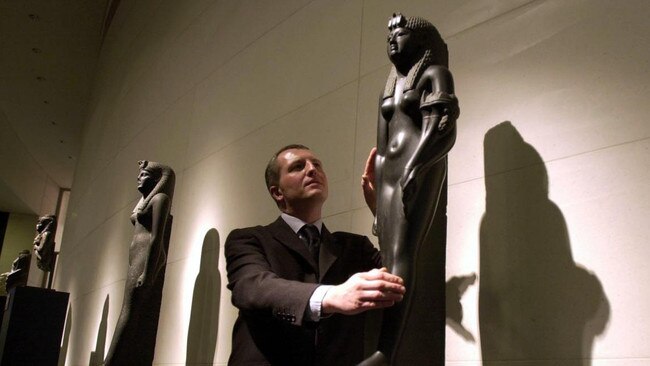
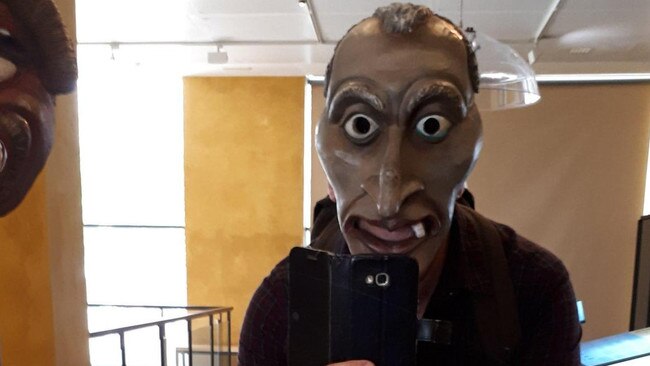
The Daily Telegraph reported that an antiquities expert had tipped off senior staff at the museum in 2020 after becoming suspicious about a piece of Roman jewellery being offered for sale on eBay.
The suspected theft has led to an investigation by the Metropolitan Police’s economic crime command, but no arrests have been made. It is understood there have been no interviews under caution. The museum has ordered an independent review of security.
Higgs, who lives in a three-bedroom house in Hastings bought for £215,000 in 2014, has been offering his services as a private tutor. He was charging £19 an hour for English lessons last month but has since removed his profile.
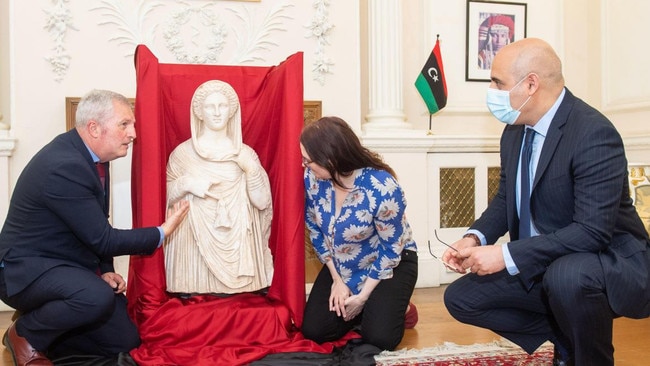
He went to school in Stevenage, Hertfordshire, before studying archaeology at the University of Liverpool and has regularly appeared in the press discussing museum collections. In 2021 he was photographed with a rare 2000-year-old statue which was being returned to Libya after it was recovered by Border Force officials during an attempt to smuggle it through Heathrow.
Last year Higgs described the origins of his interest in the ancient world.
“My great uncle had in his back garden a marble, full-size copy of the famous Laocoon statue group. I cannot remember it, I was only a toddler, but apparently I loved it and had to be stopped numerous times from clambering all over it,” he told the Greek Herald.
On Wednesday, George Osborne, the former chancellor who is the British Museum chairman, said the trustees were “extremely concerned” upon learning of the thefts. He said efforts were focused on recovering the items and identifying improvements to security and collection records.
The Times

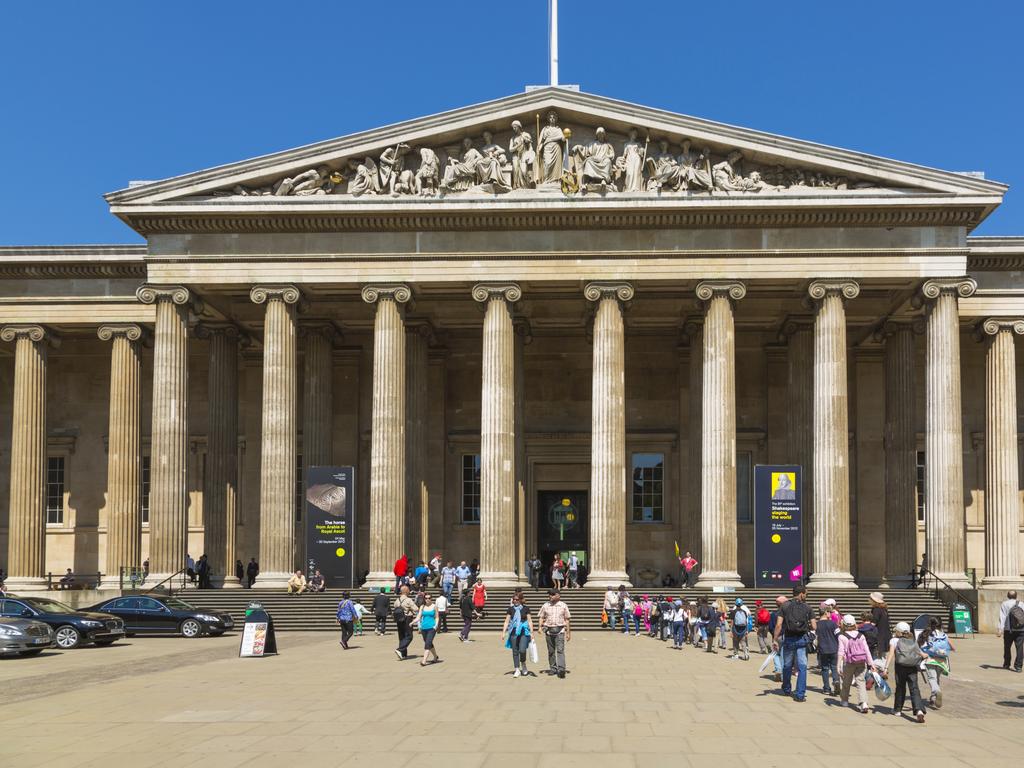

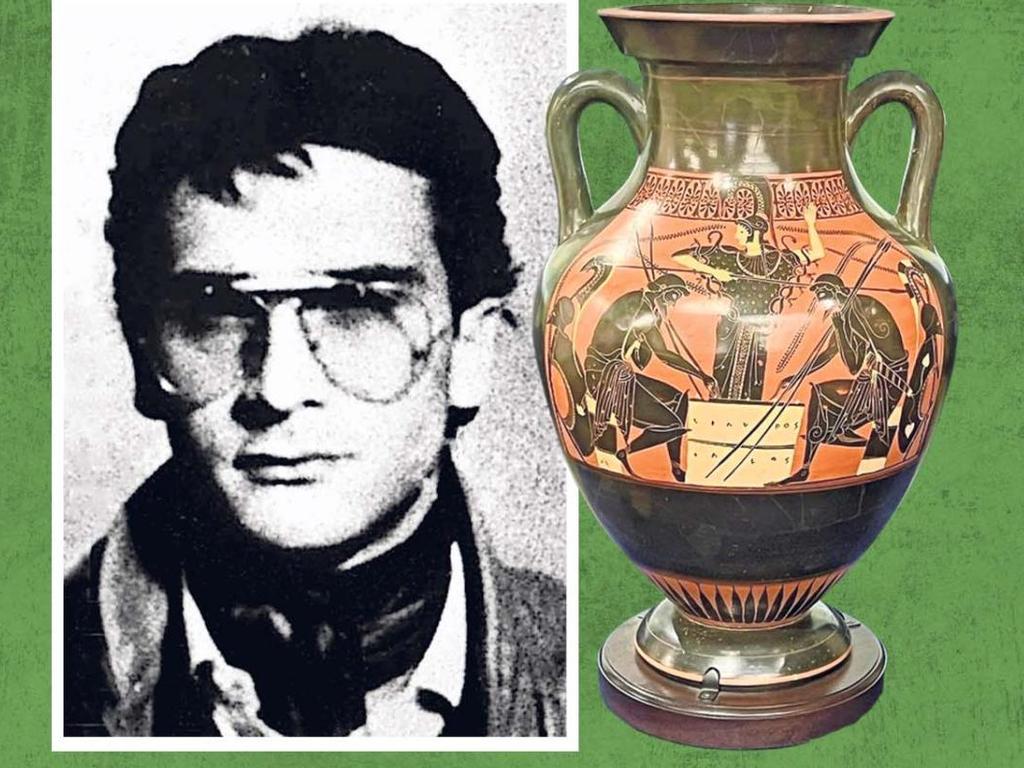


To join the conversation, please log in. Don't have an account? Register
Join the conversation, you are commenting as Logout